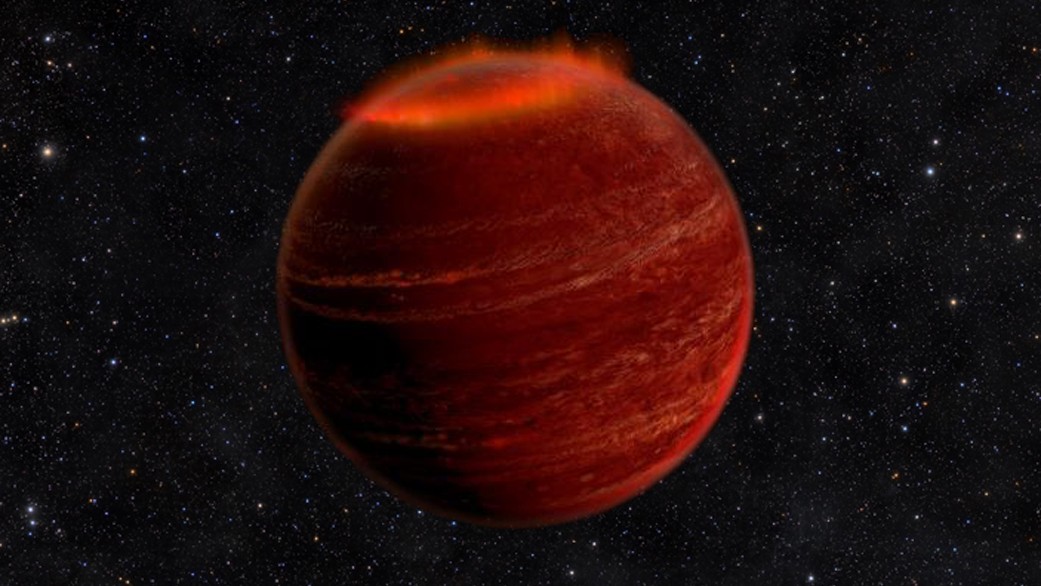Bizarre object hotter than the sun is orbiting a distant star at breakneck speed
Scientists have discovered a weird celestial object that's blurring the line between planet and star.

A weird, super-hot celestial body is breaking records and challenging astronomers' understanding of the boundary between stars and planets.
The object, called WD0032-317B, is a brown dwarf — a type of bright, gaseous "protostar". Brown dwarves typically have a similar atmospheric composition to Jupiter but are 13 to 80 times larger. At that mass, these objects begin to fuse hydrogen isotopes in their cores. However, they aren't quite massive enough to spark the kind of full self-sustaining stellar fusion that powers stars like our sun — think of smoldering charcoal rather than a lit wood-fired oven.
Related: James Webb Telescope spots galaxies from the dawn of time that are so massive they 'shouldn't exist'
Brown dwarfs usually burn at around 4,000 degrees Fahrenheit (2,200 degrees Celsius). That's fairly cool compared with most stars, whose surface temperatures reach about 6,700 F (3,700 C).
But WD0032-317B, which is 1,400 light-years from Earth, is not like most brown dwarfs. In a paper published to the preprint database arXiv and accepted by the journal Nature Astronomy, researchers measured the object's surface temperature and found it was a blistering 13,900 F (7,700 C). That's hot enough for the molecules in its atmosphere to fall apart into their component atoms. It's also several thousand degrees hotter than the surface of our sun.
This should be impossible for a brown dwarf. But the researchers discovered that the object got an assist from the star it orbits. WD0032-317B is extremely close to its sun, an ultra-hot white dwarf star — so close that its year lasts just 2.3 hours. That proximity means WD0032-317B is tidally locked, with one side forever facing its star while the other faces away, according to Science Alert.
Because of this, the brown dwarf is only superheated on one side; even though its "day side" temperature reaches 13,900 F, its "night side" is a comparatively balmy 1,900 to 4,900 F (1,000 to 2,700 C). That's the most extreme temperature differential astronomers have measured on a substellar object, according to the researchers. But these conditions won't last long — as its molecules continue to fall apart, the brown dwarf is being evaporated by its host star.
Sign up for the Live Science daily newsletter now
Get the world’s most fascinating discoveries delivered straight to your inbox.
Research on objects like WD0032-317B could help scientists understand how hot stars slowly consume their companions. It can also add to the growing body of knowledge around the conditions that stars need to ignite.

Joanna Thompson is a science journalist and runner based in New York. She holds a B.S. in Zoology and a B.A. in Creative Writing from North Carolina State University, as well as a Master's in Science Journalism from NYU's Science, Health and Environmental Reporting Program. Find more of her work in Scientific American, The Daily Beast, Atlas Obscura or Audubon Magazine.









